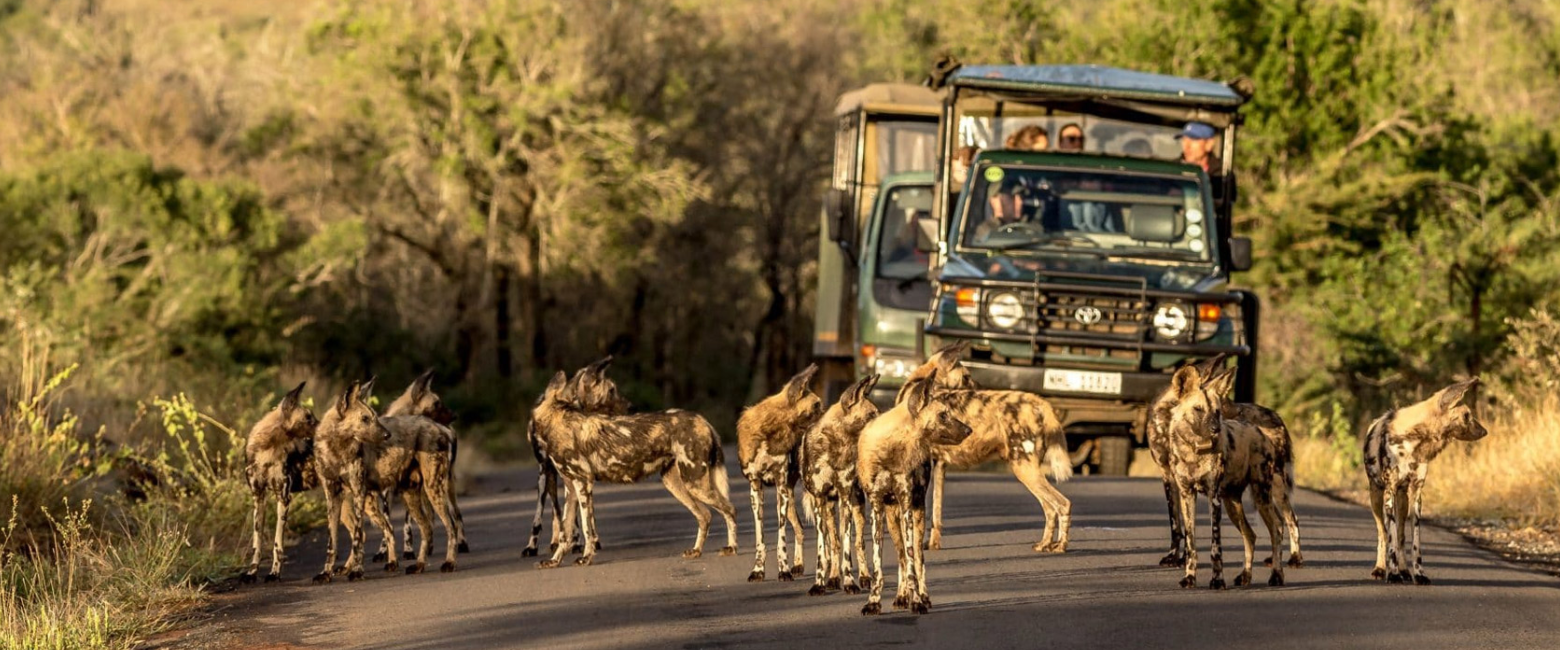
Nyerere National Park, formerly Selous Game Reserve, dominates southern Tanzania as Africa’s largest single protected wilderness.
The mighty Rufiji River threads through oxbow lakes, sandbanks, and papyrus channels, supplying life-giving water even in the harshest drought.
Surrounding miombo woodlands and open savannah shelter elephant mega-herds, sable and roan antelope, plus one of the continent’s healthiest populations of endangered wild dogs.
Because distances are vast and visitor numbers low, game drives feel wonderfully secluded; sightings unfold without crowds or radio chatter.
Birdlife is equally spectacular, with fish eagles, pink-backed pelicans, and carmine bee-eaters painting vibrant colour along endless riverbanks.
At sunrise, hippos grunt beneath yellow fever trees, by afternoon, lions lounge near shimmering shoreline, and evenings end with scarlet skies illuminating ancient baobabs, sealing Nyerere’s reputation for authentic, untamed safari drama.
Vast waterways, unspoiled wilderness, and thrilling wildlife encounters shape these highlights from Tanzania’s spectacularly expansive Nyerere National Park.
River, woodland, and open plains enable drives, walks, boat excursions, and birdwatching, ensuring diverse, immersive, unforgettable safari experiences every day.
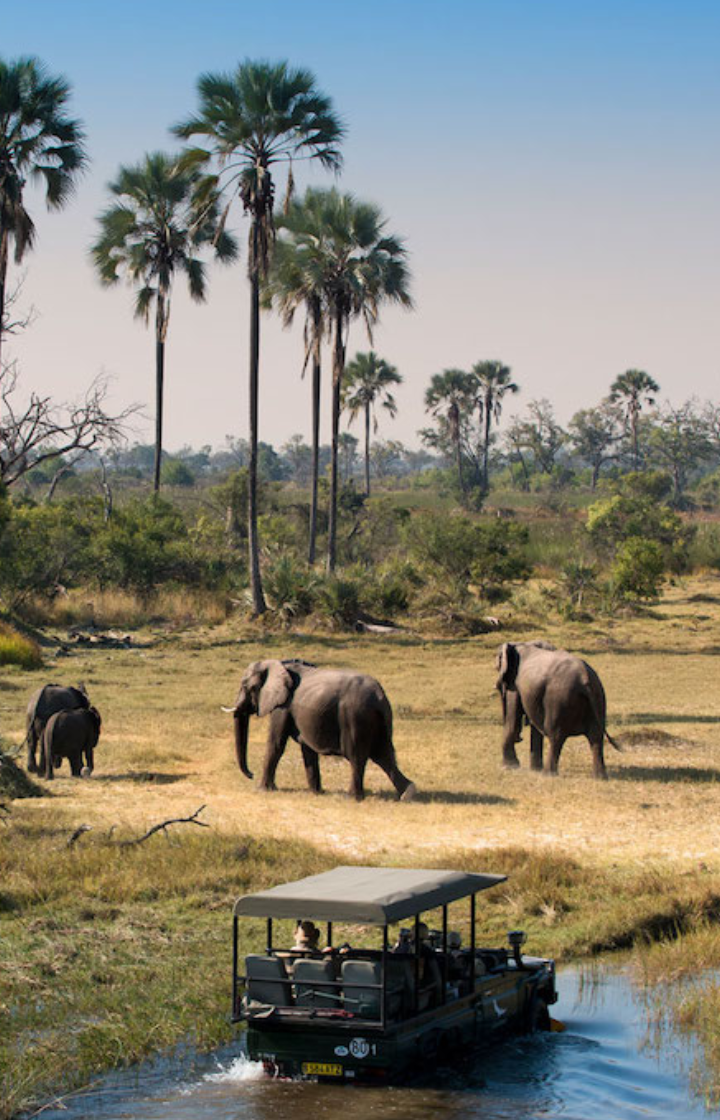
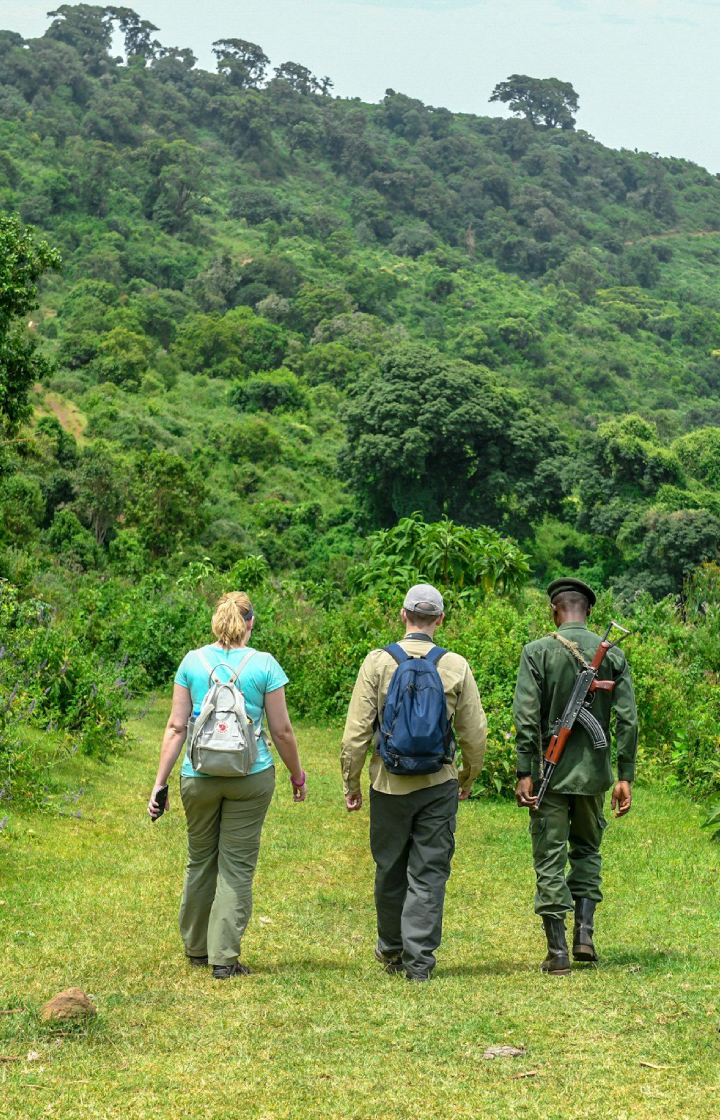
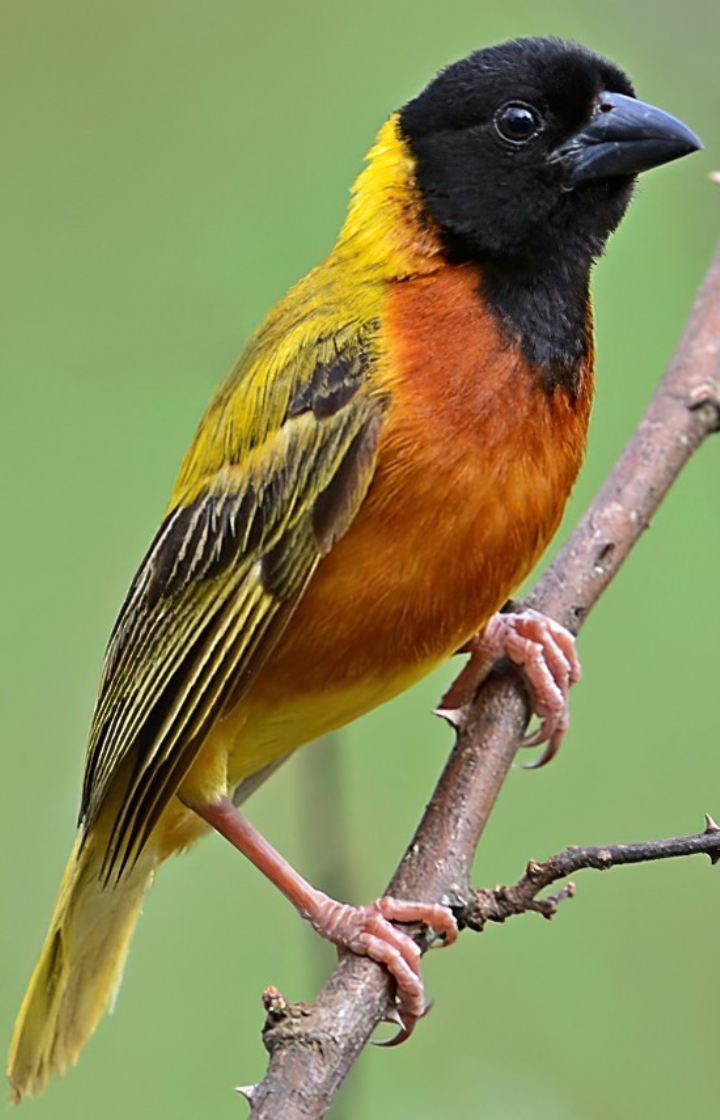
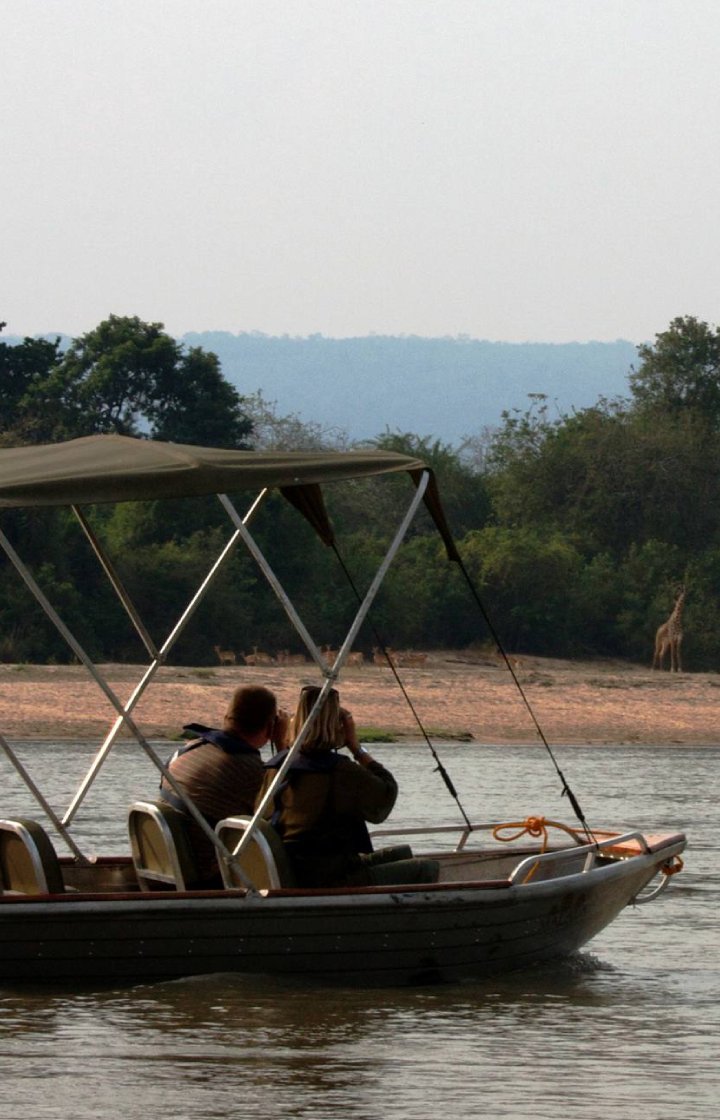
June to October is best for Nyerere National Park, when dry conditions concentrate wildlife around the Rufiji River for rewarding viewing.
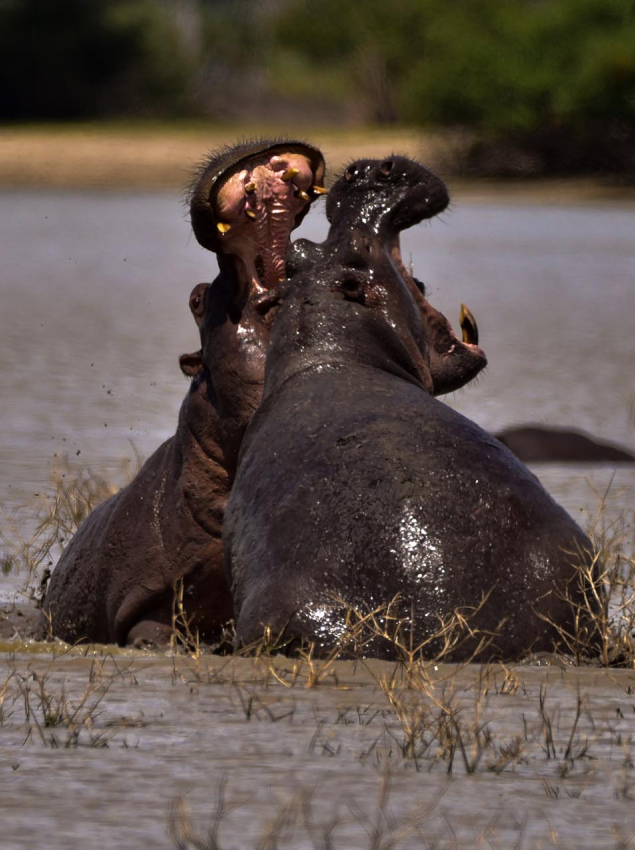
Nyerere experiences an equatorial climate with two distinct safari moods. June to October marks the dry season and delivers outstanding wildlife visibility. Shrinking water levels pull elephants, buffalo, and antelope toward the Rufiji River’s permanent lakes, while predators stake out dusty shorelines. Days remain comfortably warm around 29 degrees, nights cool pleasantly, and roads stay firm for smooth game drives and walks.
The first short rains may arrive in late October, signalling the wet season that peaks from November to May. Afternoon storms refresh the park, repainting landscapes emerald and spawning prolific bird activity, including migratory specials.
March and April bring the heaviest rainfall; some camps close, and access becomes limited. Yet adventurous travellers benefit from discounted rates, vibrant scenery, and private sightings.
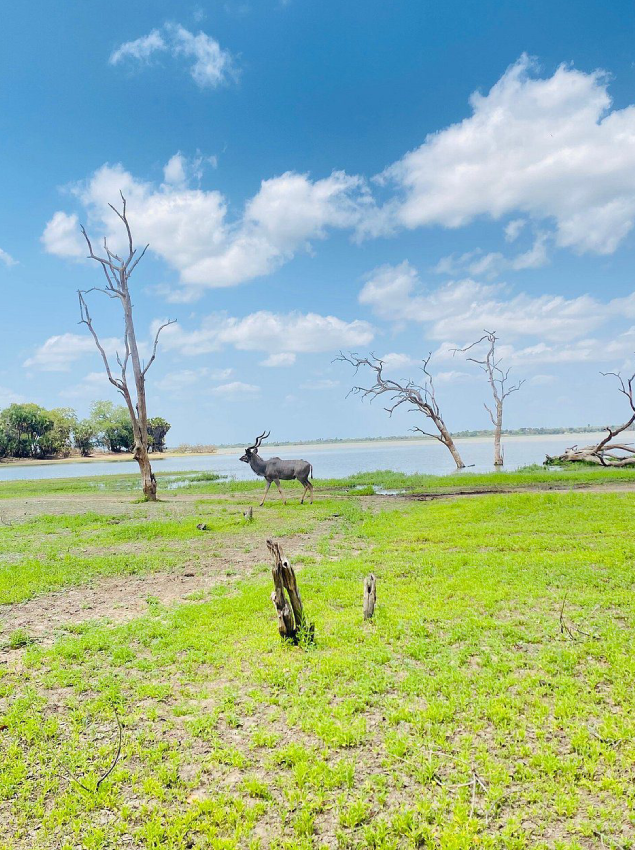
Riverside lodges and intimate, exclusive tented camps offer solar power, plunge pools, guided walks, and candlelit dinners beside moonlit waterways.
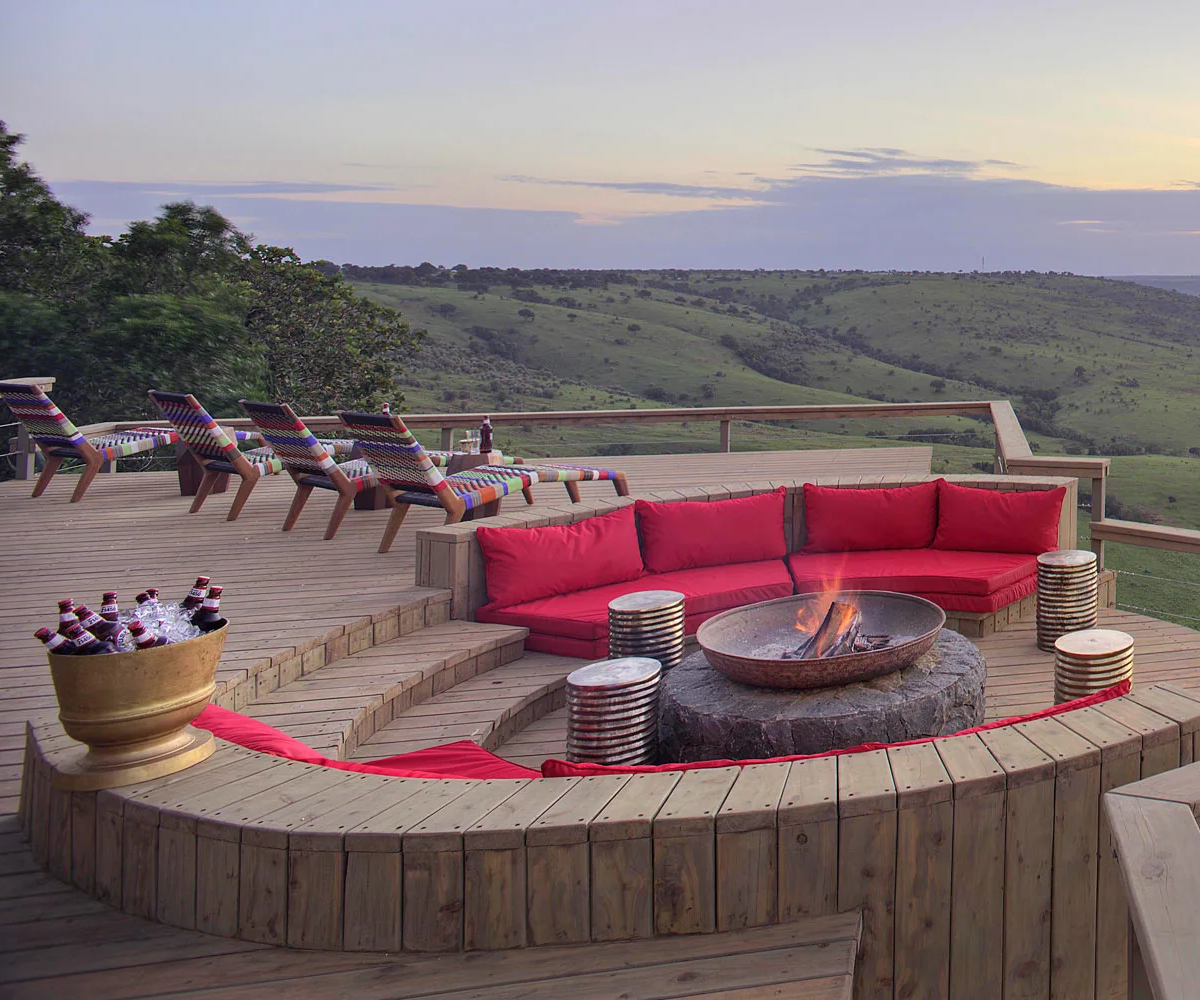
Tanzania
Luxury Lodge
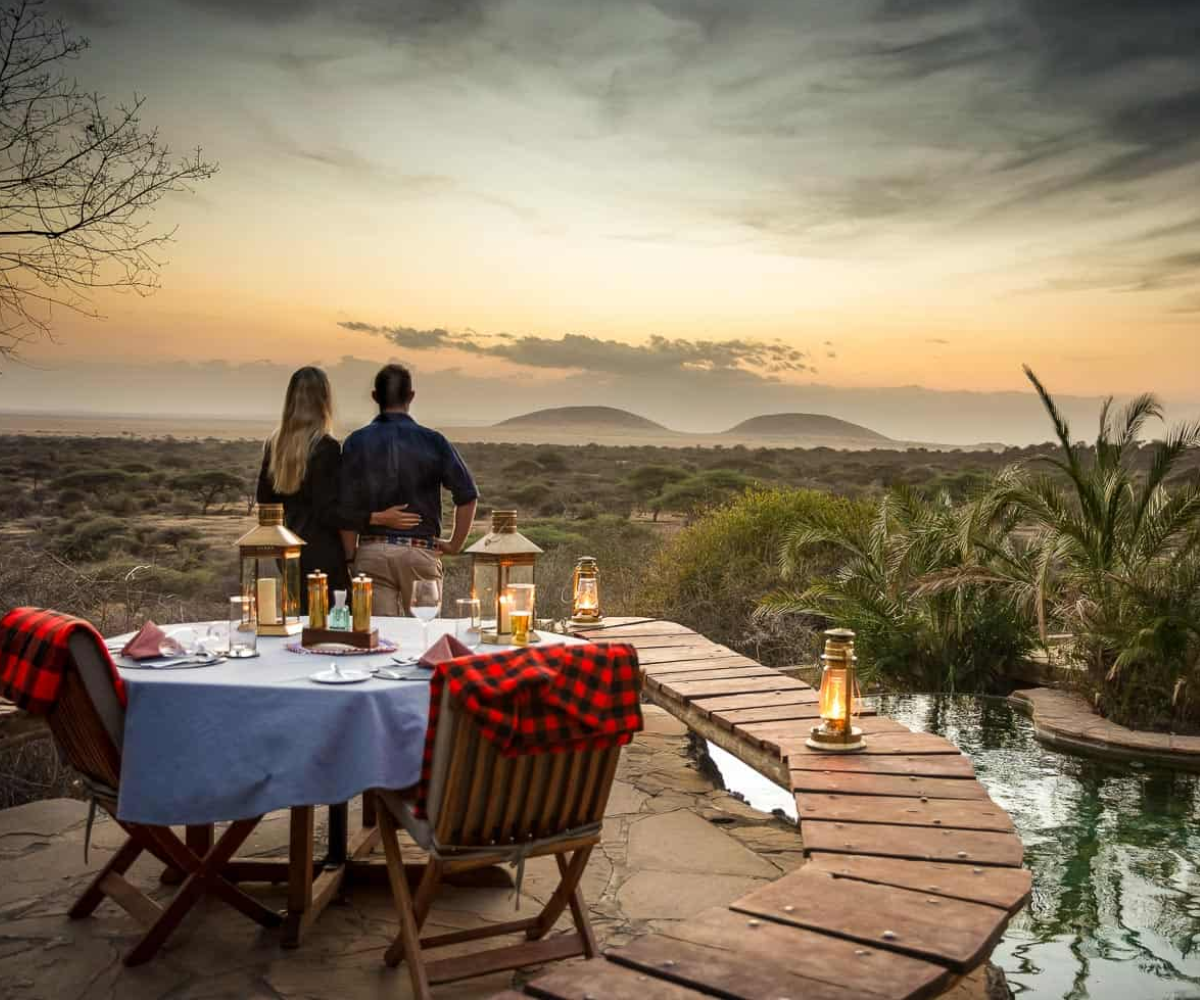
Tanzania
Luxury Lodge
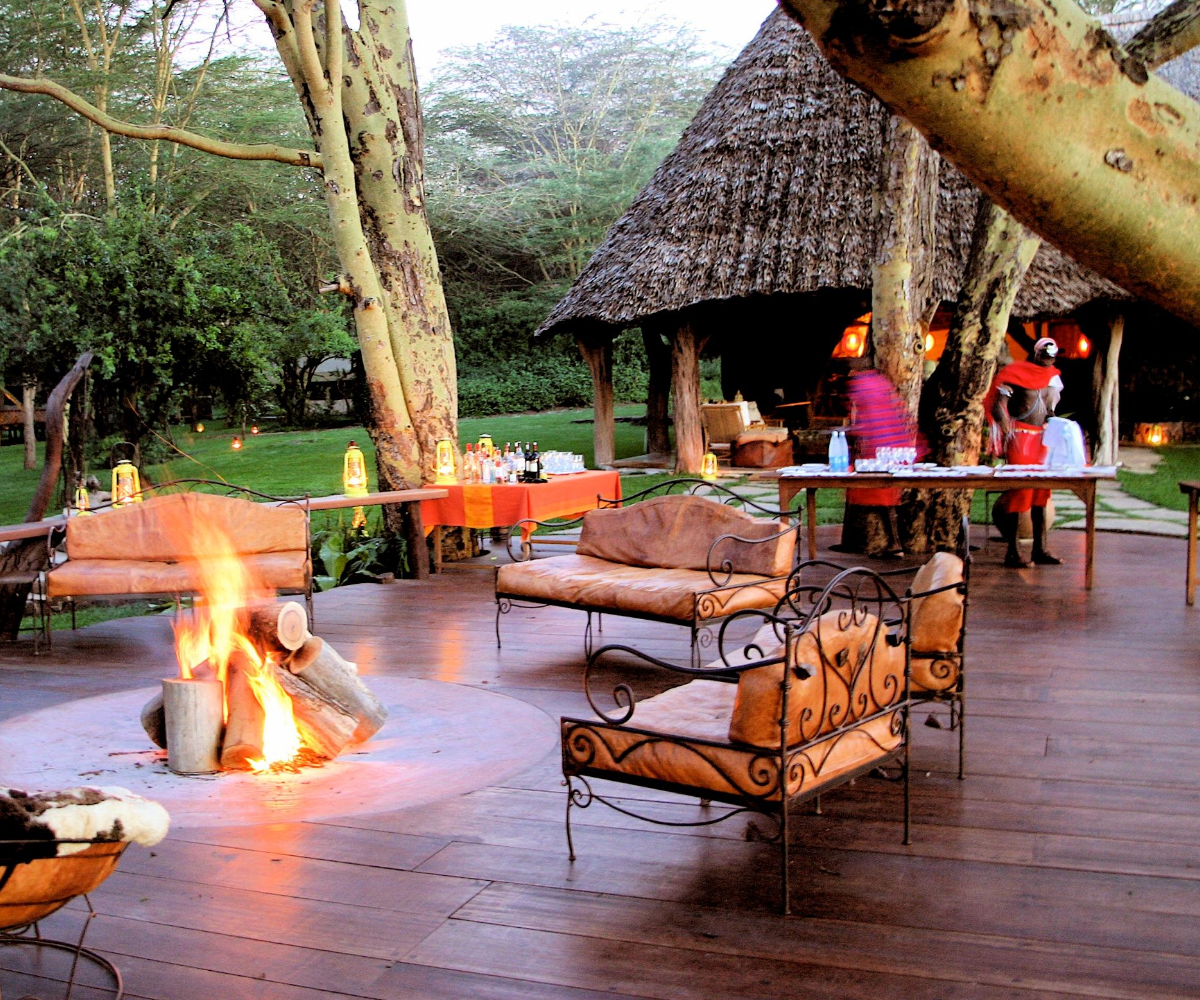
Tanzania
Luxury Lodge

African Wild Dog

Elephant

Masai Giraffe

Sable Antelope

Hippo
International travellers land at Dar es Salaam’s Julius Nyerere International Airport, where safari staff greet and assist with luggage. From the city, daily scheduled light-aircraft flights reach park airstrips such as Mtemere and Beho Beho in about forty-five minutes. Overland adventurers may choose a five-hour, 230-kilometre drive to Mtemere Gate, passing rural villages and coastal plains. Private charters link Ruaha, Mikumi, and Zanzibar for multi-park itineraries. During heavy rains, flying is recommended because unpaved sections can become muddy and slow.
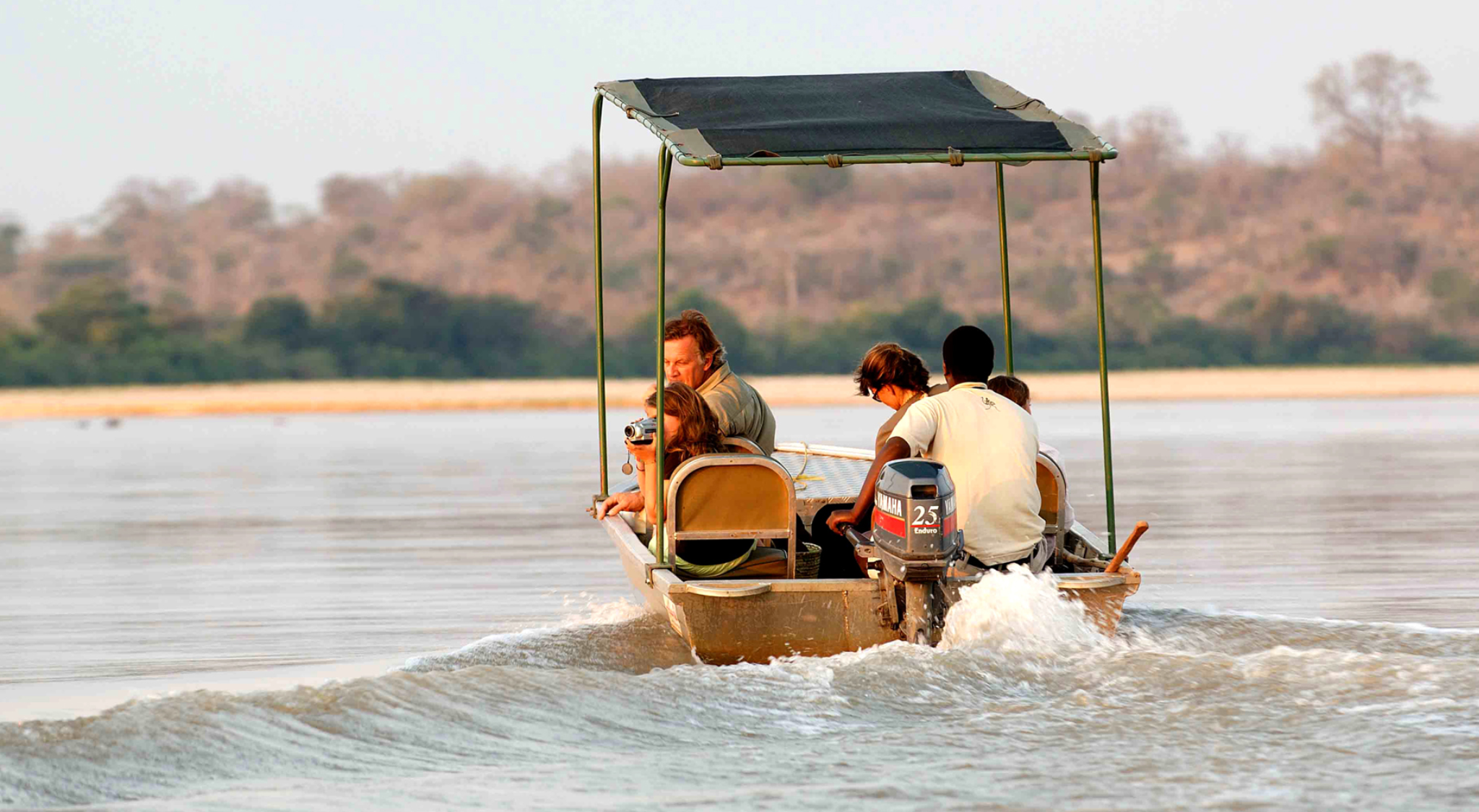
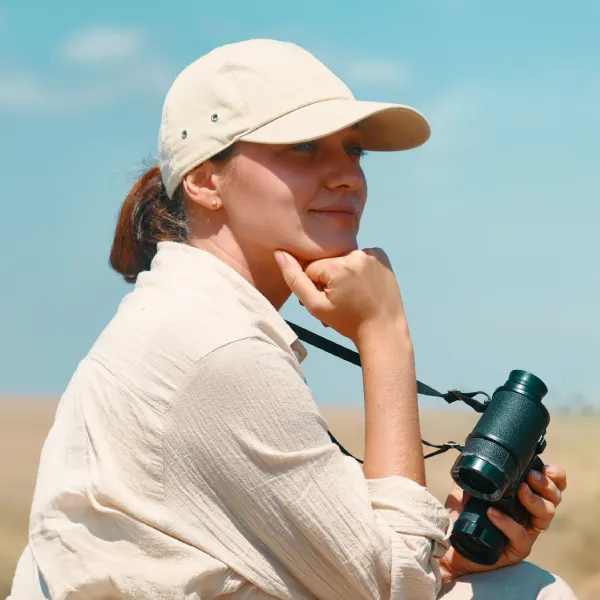

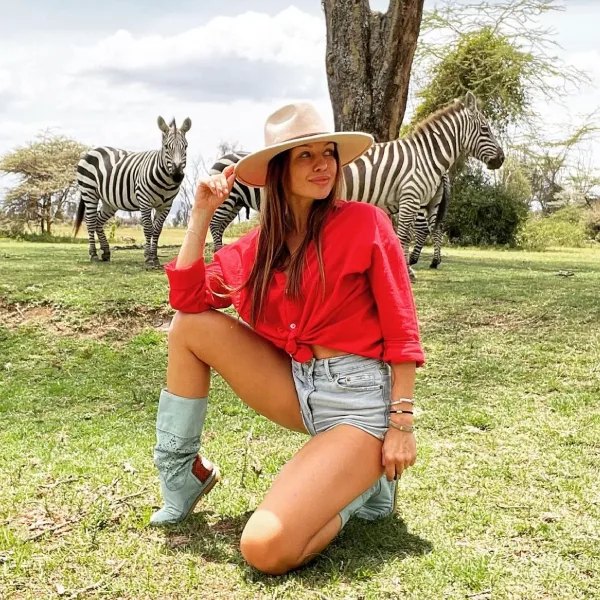

Melodica Africa Tours creates lasting change—supporting local communities, conserving wildlife, and protecting nature. Join us in travelling responsibly and making a meaningful difference with every unforgettable safari experience.
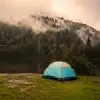
Feb 2025
The guide was absolutely fantastic. Emanuel was present answering questions and not least telling a lot like the animals.

Feb 2025
The guide was absolutely fantastic. Emanuel was present answering questions and not least telling a lot like the animals.
Talk to our friendly safari experts today. We’ll care, guide, and create a journey that’s perfectly tailored to your dreams—authentic, personal, and unforgettable.
Call us today from 9am
+254722626235
Managing Director

Sales & Reservations Manager

Tour Consultant